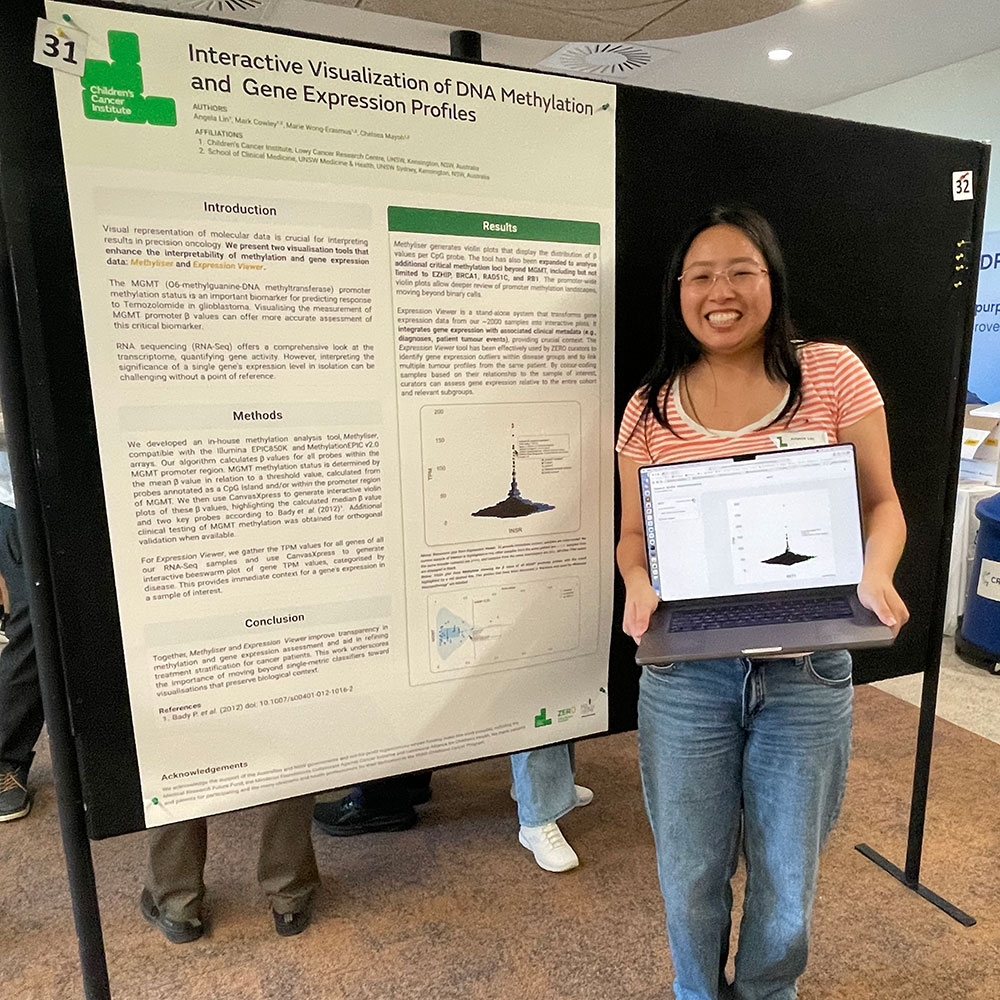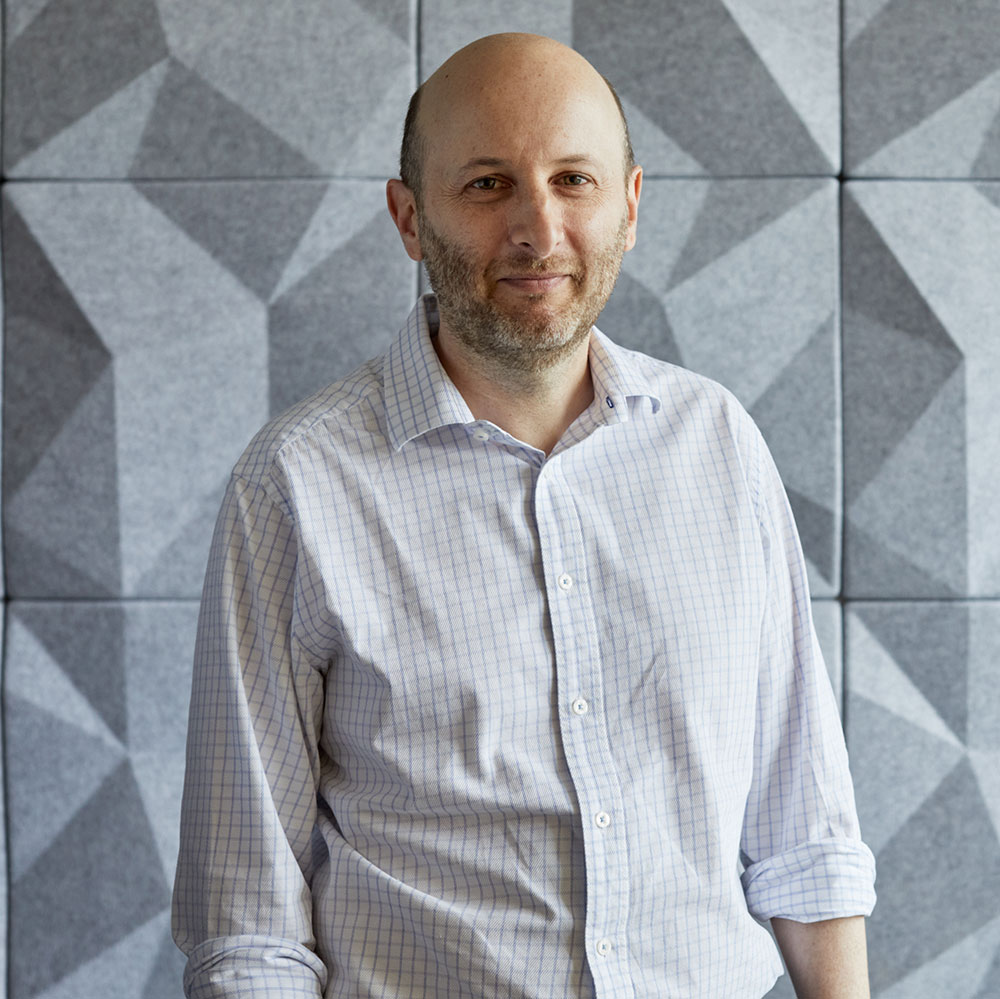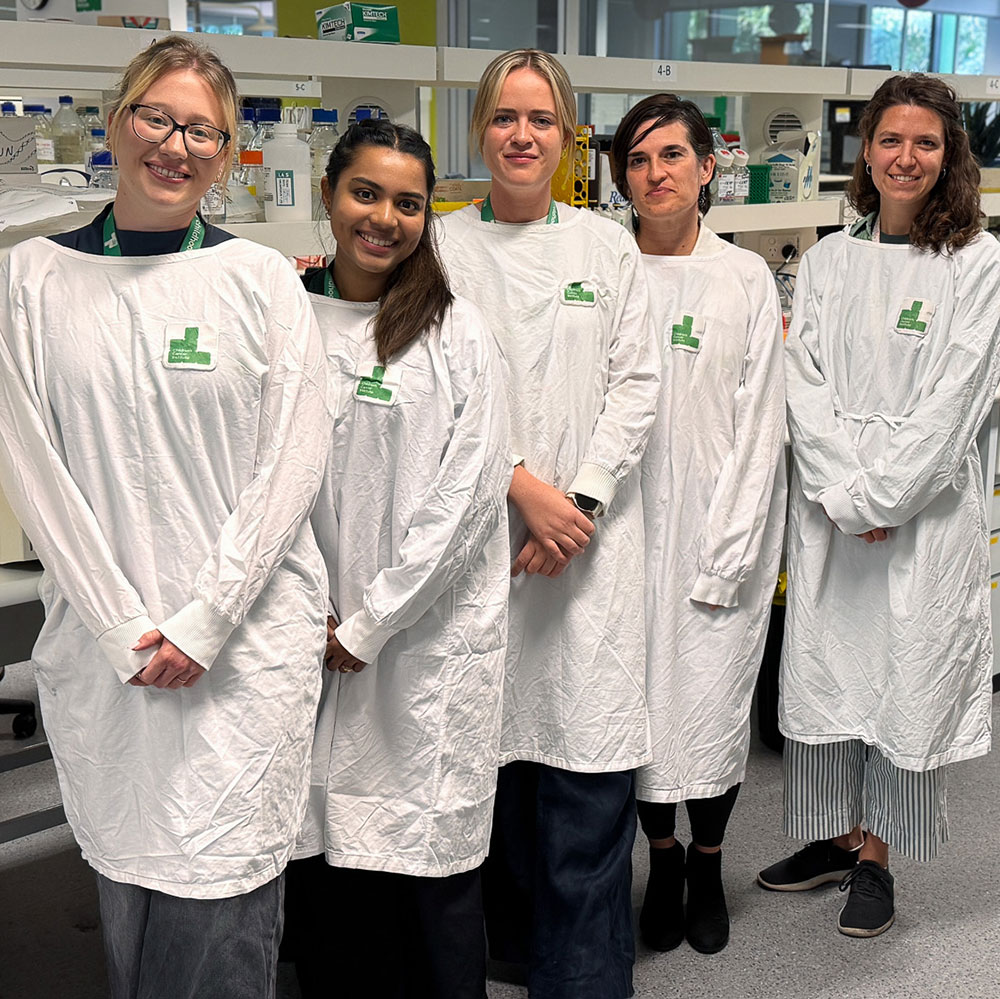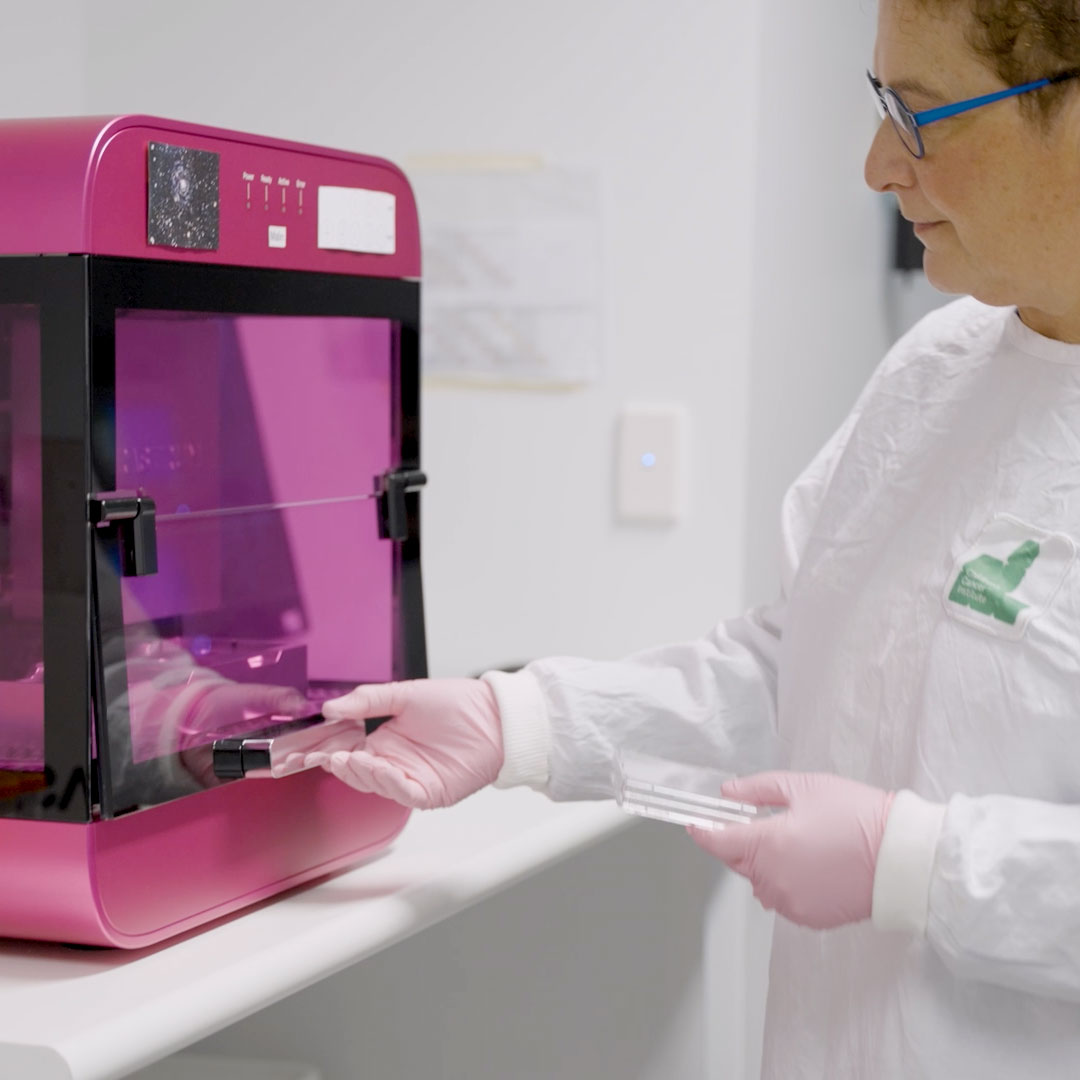
What’s so good about nanomedicine?
‘Nano’ means tiny. ‘Nanomedicine’ is using very small materials (‘nanoparticles’) for medical purposes, such as to treat a disease and monitor treatment response. Nanomedicine appears promising for the treatment of cancer for a few reasons.
To begin with, nanomedicine can target cancer cells directly, leaving healthy cells unharmed. That’s a huge advantage over most current treatments, which are highly toxic and cause serious and often long term (even life-long) side effects.
Added to that, the fact that nanoparticles are so tiny means they can get to places where other types of treatment can’t. This is particularly important in the case of brain cancer, because most treatment drugs (chemotherapy) are unable to get through the ‘blood-brain barrier’ - the body’s natural defence against dangerous chemicals entering the brain.
What can nanomedicine do for kids with brain cancer?
Nanomedicine is opening up a whole world of possibilities in the treatment of brain cancer.
“Nanomedicine offers great promise for treating brain cancer through the delivery of drugs with high selectively for tumour cells,” says Associate Professor Josh McCarroll, who heads our Gene Therapeutics and Drug Delivery team. “It’s now becoming possible to design high-precision nanoparticles to act as delivery vehicles for many types of anticancer molecules and drugs.”

Photo: LiveScience.com
Nanomedicine and medulloblastoma
The most common malignant (cancerous) brain tumour in children is medulloblastoma. This cancer starts in the cerebellum, which is at the lower back part of the brain and controls muscle coordination, balance and movement. Each year in Australia, about 25 children under 15 are newly diagnosed with medulloblastoma. Overall, the five-year survival rate these children face is about 71%, but for children under 5, this comes down to 59%.*
Our researchers are optimistic that nanomedicine will prove a valuable tool to help treat medulloblastoma. Our Gene Therapeutics and Drug Delivery team is currently investigating whether nanoparticles can be used to package and deliver a new class of anticancer drugs, called ‘gene-silencing’ drugs, directly to medulloblastoma cells growing in the brain.

Design small nanoparticles which can cross the blood-brain barrier and deliver siRNA which can inhibit cancer-promoting genes.
“Gene silencing drugs [siRNA] can be designed to selectively inhibit any disease-promoting genes - the genes that are driving a disease,” explains Associate Professor McCarroll. “However, siRNA can’t enter a cancer cell without a delivery vehicle, and that’s where nanotechnology comes in.”
“We’re looking at designing nanoparticles that can cross the blood-brain barrier and deliver siRNA to medulloblastoma cells, where they can do their work to inhibit cancer-promoting genes and cause cell death.”
Importantly, the nanoparticles are non-toxic to normal healthy brain cells, meaning they are unlikely to cause debilitating side effects.
With the right blend of technology, expertise and dedication, the team is optimistic their efforts will lead to new treatments that are not only effective, but much less toxic than current chemotherapy.
After all, we all want to see kids not only survive brain cancer, but go on to lead long and healthy lives.
*Statistics cited are from https://cancerqld.org.au/research/queensland-cancer-statistics/accr/














